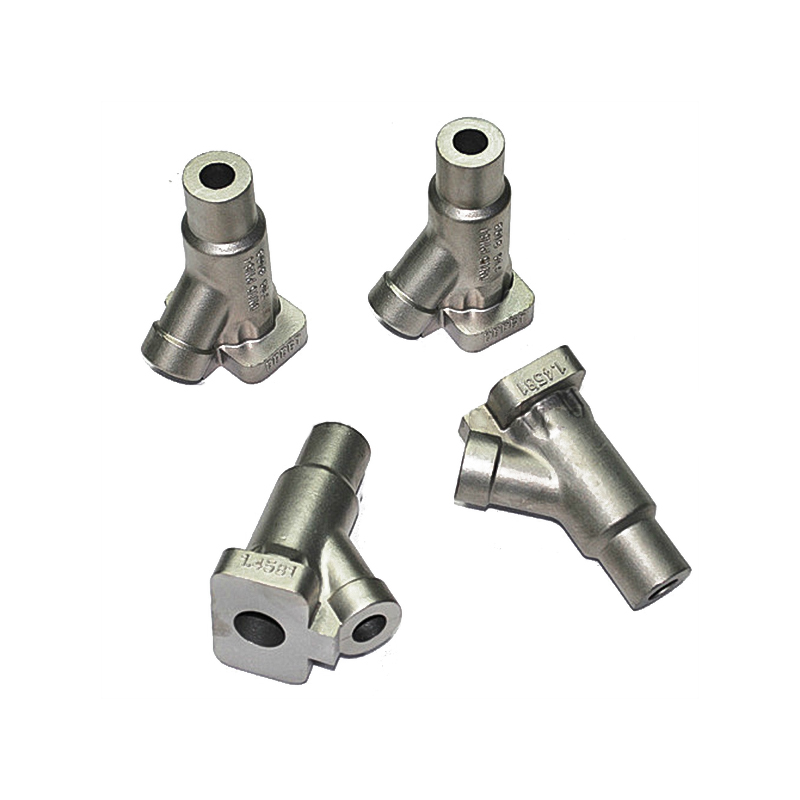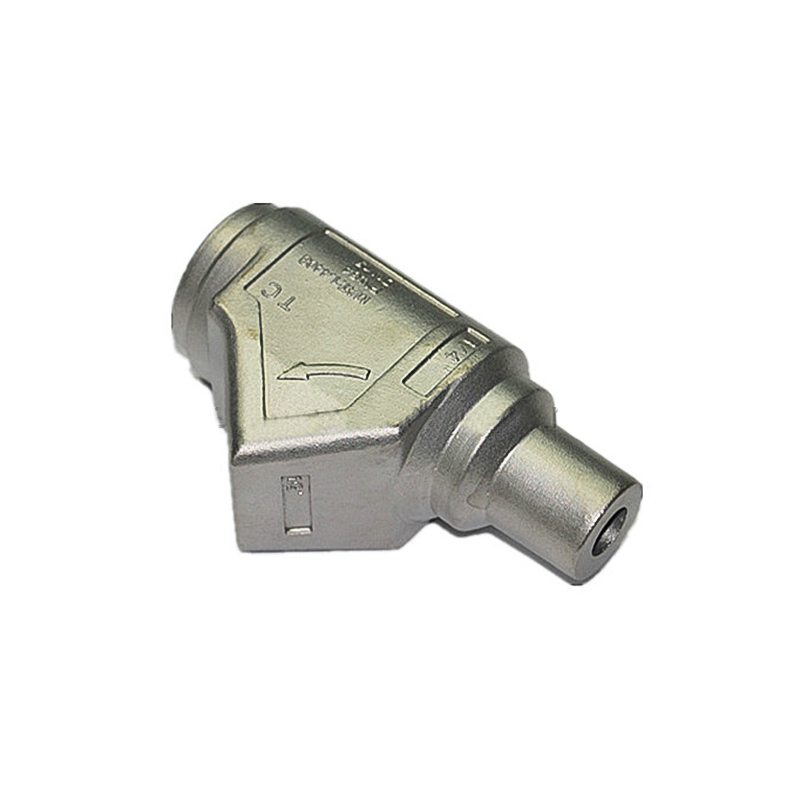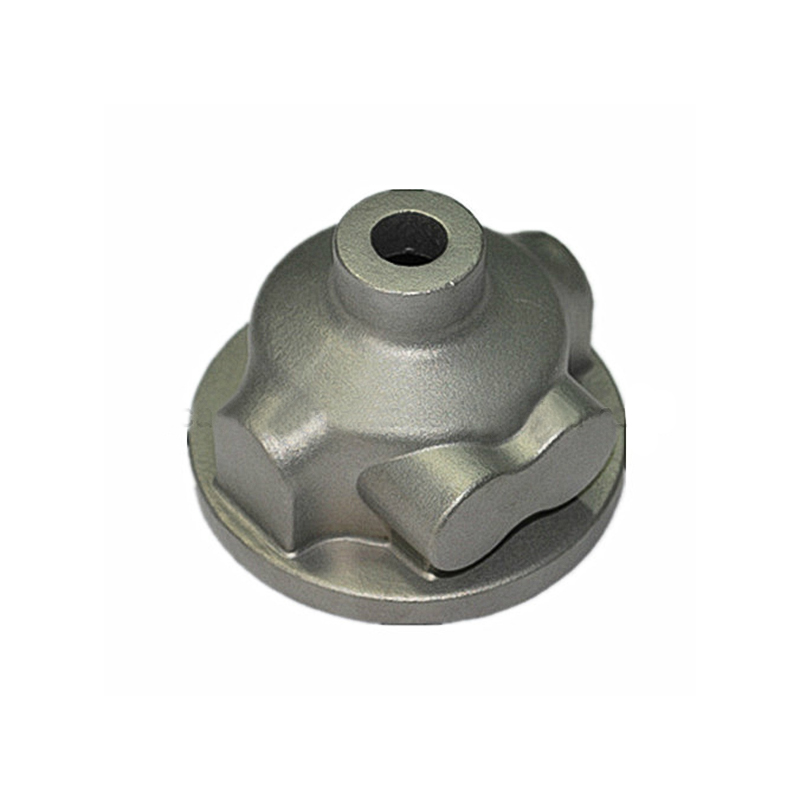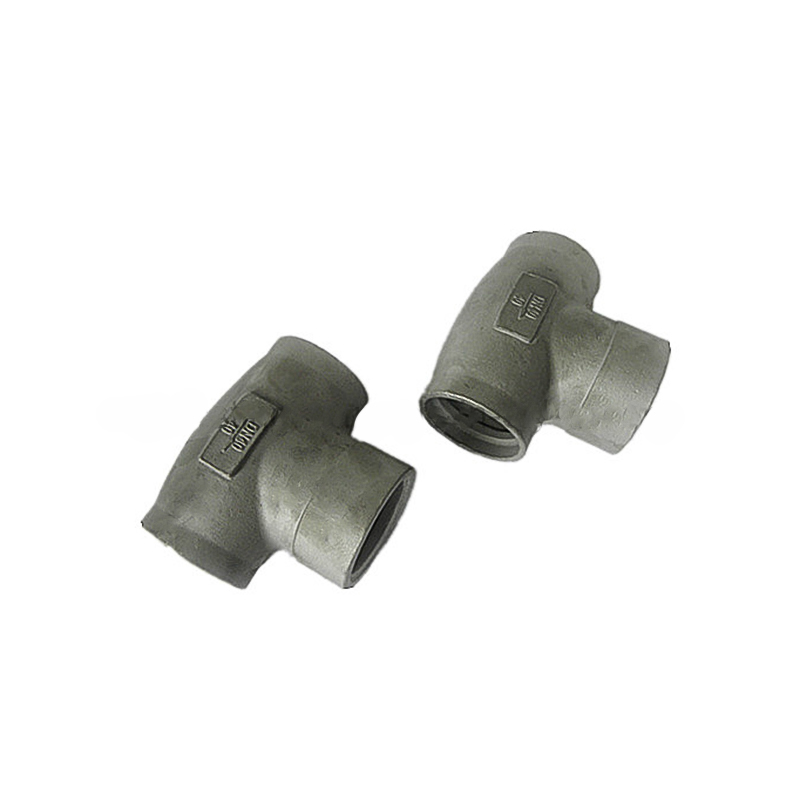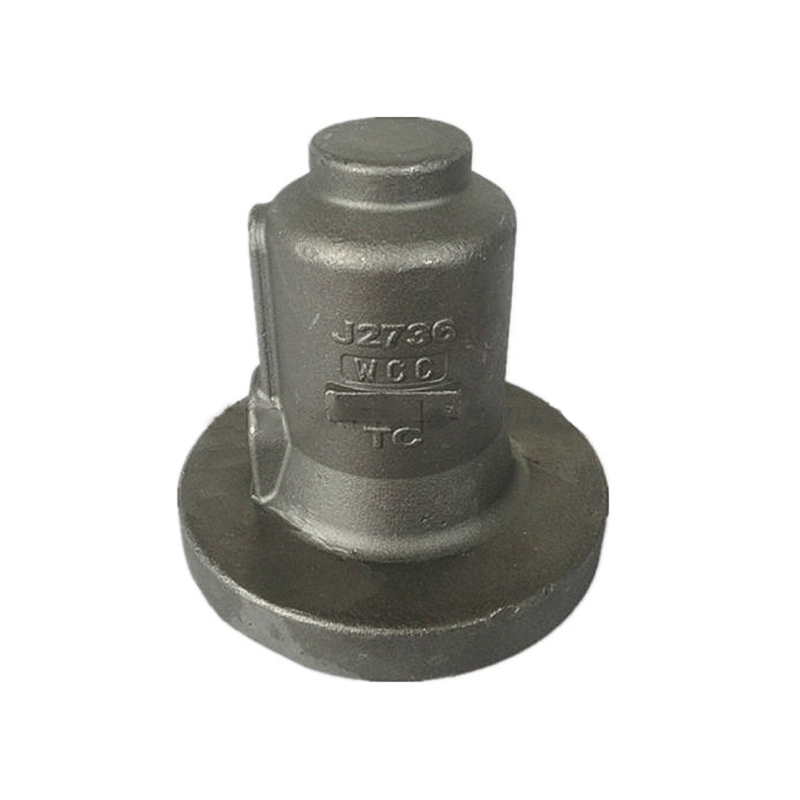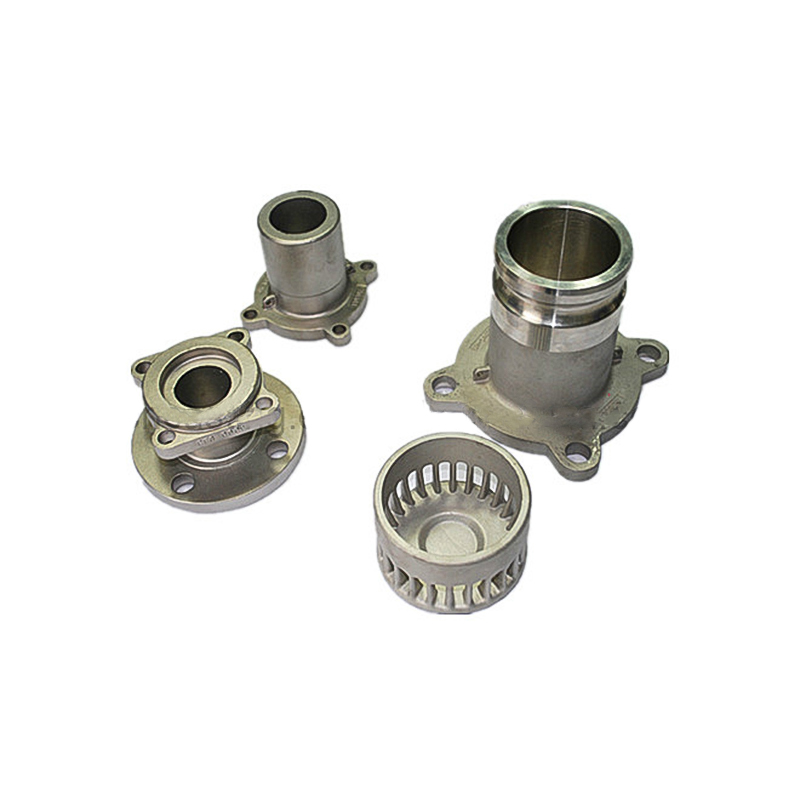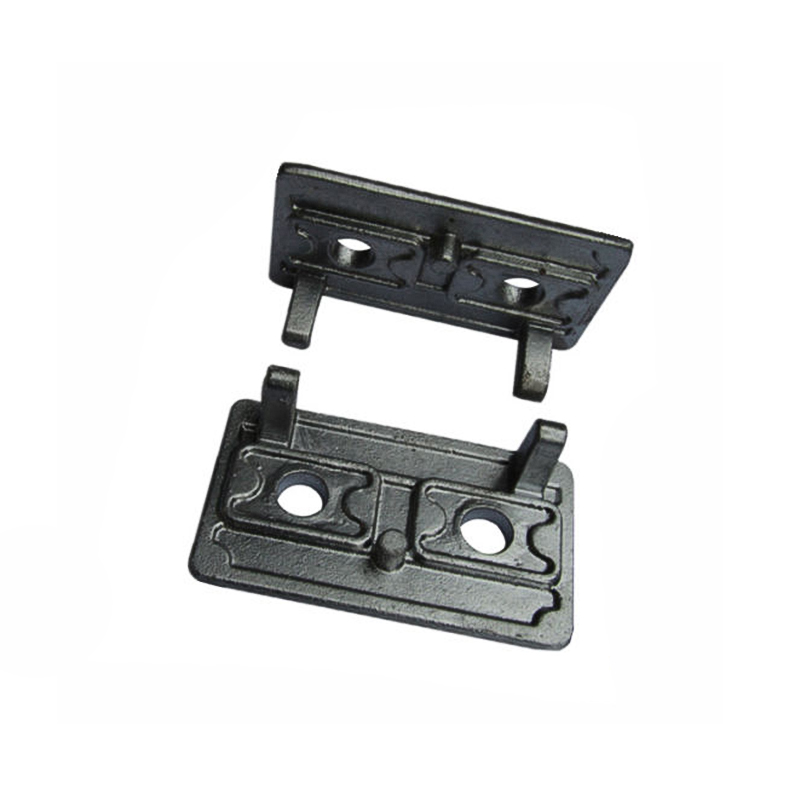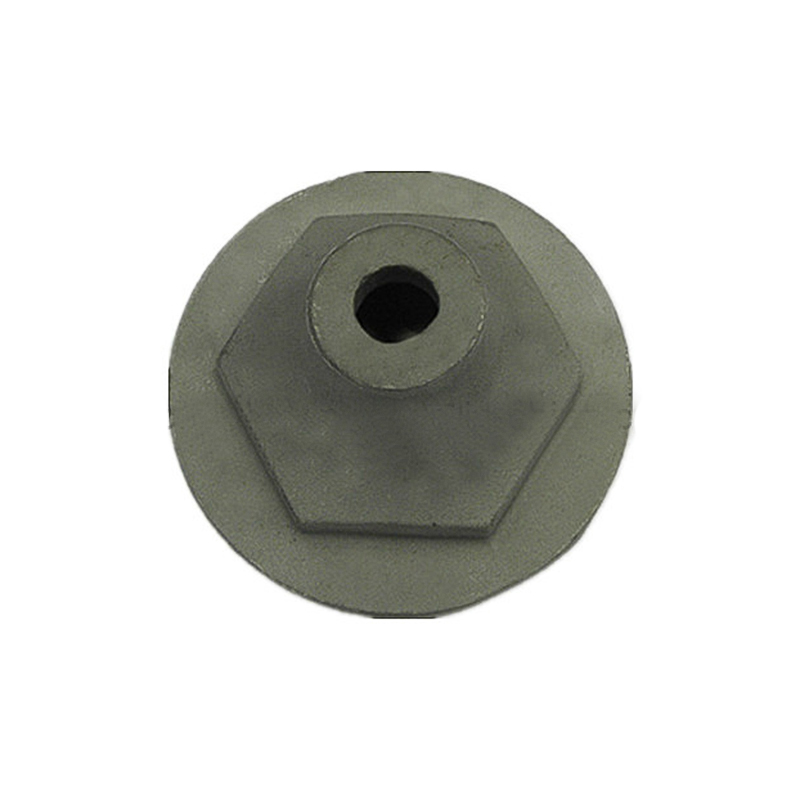Analysis of key applications of investment casting parts in automobile manufacturing
As the global automobile industry develops rapidly towards intelligence, high performance, and green environmental protection, the manufacturing technology of automobile parts has also ushered in unprecedented challenges and opportunities. Investment casting, as a high-precision and high-complexity manufacturing process, is playing an increasingly important role in the field of automobile manufacturing with its molding ability and material adaptability.
Introduction to investment casting technology
Investment casting, also known as investment casting, is a precision casting process that uses wax molds to make ceramic shell molds and pours molten metal after wax demolding. This process can achieve extremely high dimensional accuracy and complex shape parts molding, and is an ideal solution for manufacturing parts with complex structures and strict requirements.
The technical advantages of investment casting mainly include:
High precision: It can achieve extremely small part size errors and meet high requirements for mechanical matching;
Complex structure molding: It can mold parts with complex internal cavities, thin-walled structures, and other parts that are difficult to achieve with traditional processes at one time;
Various material adaptability: It covers a variety of materials such as carbon steel, stainless steel, aluminum alloy and high-temperature alloy;
Surface quality: The surface of the casting is smooth, reducing the amount of mechanical processing and reducing production costs.
These characteristics determine the huge application potential of investment casting in the field of automobile manufacturing.
Typical applications of investment casting parts in automobile manufacturing
Automobile manufacturing covers multiple key modules such as engines, transmission systems, suspensions, steering and safety structures, and investment casting parts are widely used in many core components. The following will focus on the irreplaceable nature of investment casting in these key application areas.
1. Key engine components: precision manufacturing of the power heart
As the core of automobile power, the engine places extremely high demands on the heat resistance, wear resistance and structural strength of parts. Investment casting is particularly prominent in the manufacturing of engine parts, and its main applications include:
Turbocharger housing:The turbine housing must operate stably in extremely high temperatures and high-speed airflow. Investment casting uses high-temperature alloy materials and realizes complex fluid channel design through precise processes to ensure turbine efficiency and durability, which is an important guarantee for improving engine power performance.
Exhaust manifold:The exhaust manifold has a complex structure and needs to meet the requirements of smooth airflow and thermal stability. Investment casting can form complex internal channel designs in one go, significantly improving engine emission control and combustion efficiency.
Valve seat rings and turbine blades:These parts have complex shapes and carry high stress. Investment casting technology ensures their high precision and excellent mechanical properties, which is the basis for efficient and stable operation of the engine.
Engine parts manufactured by investment casting not only improve engine performance, but also help automobiles achieve energy conservation and emission reduction goals.
2. Key parts of the transmission system: ensuring accurate and stable power transmission
In the automobile transmission system, the dimensional accuracy and strength of the parts are the key to ensuring efficient power transmission. Investment casting technology manufactures high-performance parts such as gearbox housings, drive shafts, gears, etc. through strict process control. The main advantages are:
High dimensional accuracy, reduced matching clearance, and improved transmission efficiency;
The application of high-strength materials ensures the durability of parts under high load conditions;
Complex structure realization, support for lightweight design, and reduce the weight of the whole vehicle.
These high-quality transmission parts provide a solid foundation for the power response and fuel economy of the vehicle.
3. Suspension and steering system components: the key to supporting safety and control
Parts such as suspension arms and steering knuckles bear the heavy responsibility of vehicle steering, shock absorption and stable driving. Investment casting parts achieve the following through precise material selection and process assurance:
High strength and fatigue resistance, extended service life;
Lightweight design, reduced body load, improved handling sensitivity;
Complex geometric shape molding, optimized mechanical performance distribution.
The application of investment casting in this field greatly improves vehicle safety performance and driving comfort.
4. Safety structural parts: the "last line of defense" for occupant protection
Automotive safety structural parts such as collision energy absorption devices and safety beams need to have high strength and excellent energy absorption capacity. Investment casting parts can meet the requirements of complex design and material performance. The specific advantages are:
Complex structure molding in one time, improving collision performance;
Various material selection, enhanced impact toughness;
High consistency guarantee, ensuring stable batch safety performance.
Safety structural parts manufactured by investment casting provide a solid safety barrier for the car and effectively protect the lives of occupants.
3. Investment casting parts enhance the core competitiveness of automobile manufacturing
The wide application of investment casting in automobile manufacturing has brought many significant advantages:
Large design freedom: meeting the needs of modern automobiles for complex structures and innovative designs;
Wide material adaptability: supporting high-performance alloys and lightweight materials, promoting lightweighting;
Excellent cost control: reducing subsequent machining, reducing waste and production cycle;
Stable and reliable quality: highly consistent dimensional accuracy and performance in mass production.
These advantages jointly help automobile manufacturers improve product quality and market competitiveness.



 English
English Deutsch
Deutsch 简体中文
简体中文
